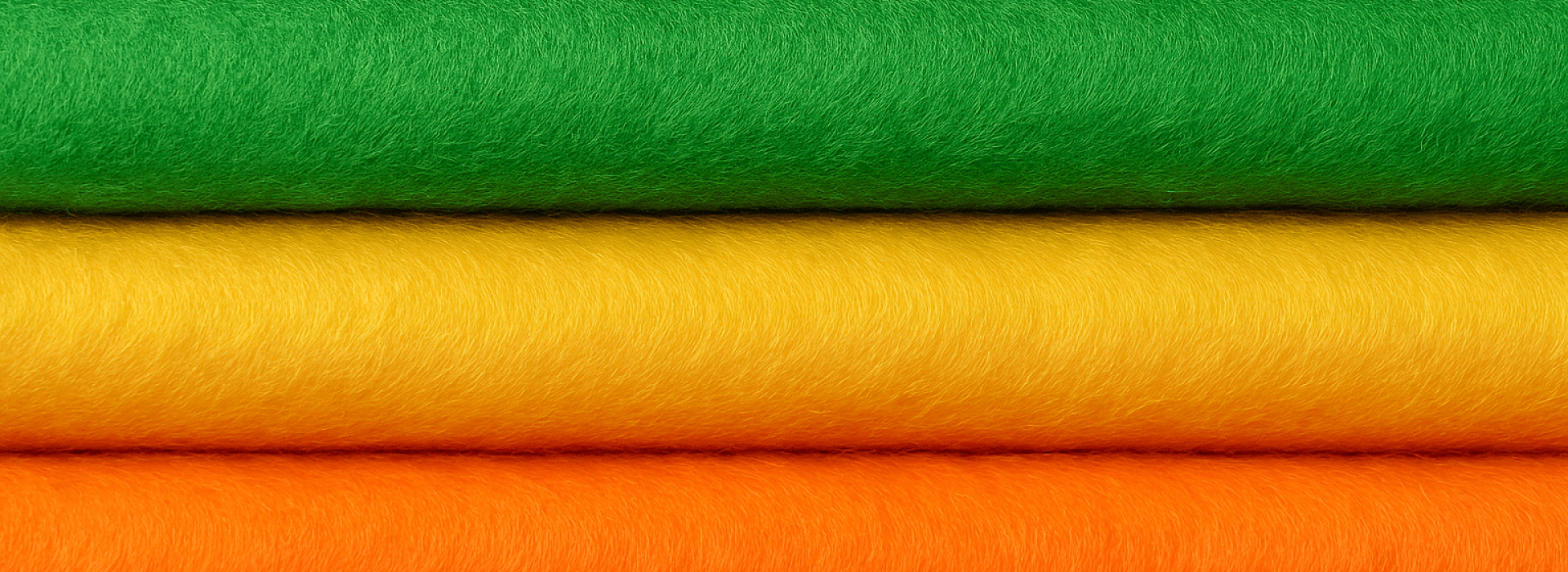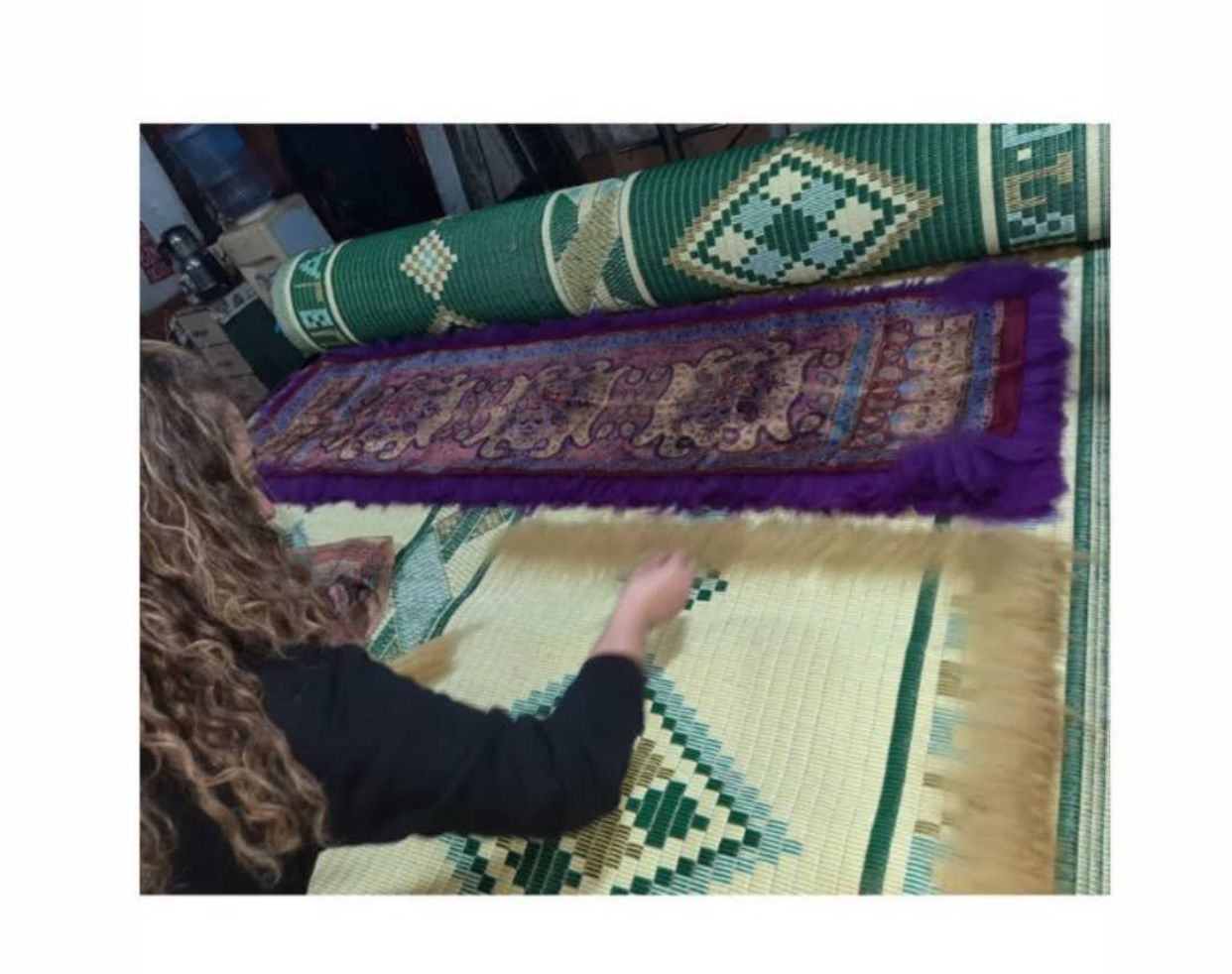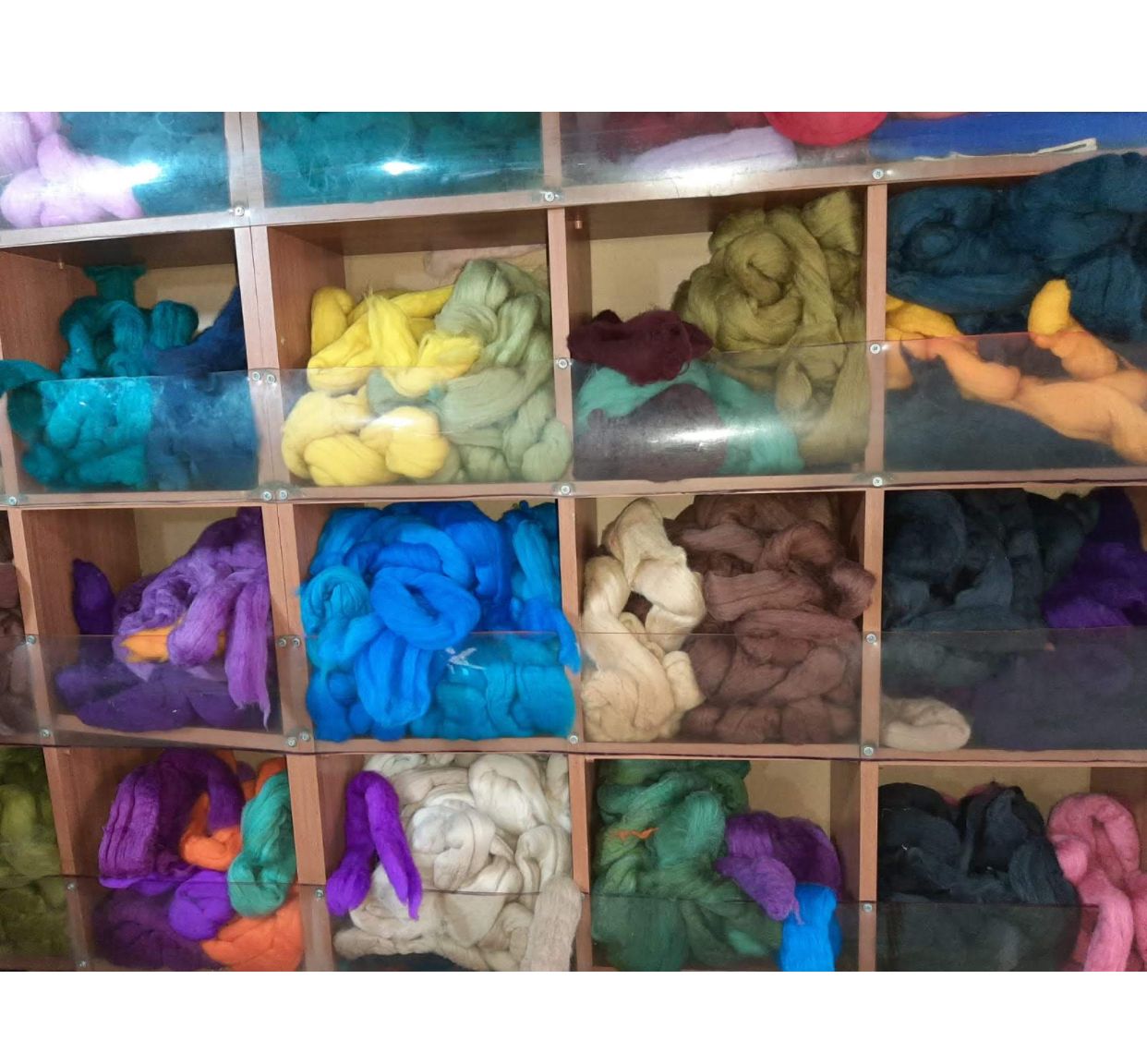
The Story of Felt
Felt is not just a fabric — it is a journey that begins in the heart of nature. It tells the story of transformation, of patience, of the meeting between human hands and the spirit of the earth. It begins with wool — raw, pure, alive — a material that holds the warmth of the animal, the scent of the wind, and the softness of the land.
When touched by water and guided by caring hands, it slowly begins to change. Threads tangle, fibers embrace, and what was once fragile becomes whole. This is not only a physical transformation, but a poetic one — a dance between strength and tenderness.
The earliest traces of felt date back thousands of years.
Nomads, crossing the great steppes of Central Asia, discovered that wool could protect them against both fierce winters and burning summers. From there, the art of felt spread across continents — to Persia, Mongolia, Anatolia, and beyond.
Every culture gave it its own soul, its own symbols. In Anatolia, felt became both functional and spiritual. It covered tents, kept shepherds warm, and served as sacred material in rituals and ceremonies. But beyond all these, it became a language — one spoken by women through colors and patterns. Every motif carried a secret: a blessing, a dream, a memory.
Through generations, this craft was passed from hand to hand, mother to daughter, master to apprentice. The rhythm of the work never changed — the gentle pressing, the patient rolling, the harmony between water, soap, and motion.
- Each color, each fiber, carries the whisper of the past and the promise of the present.
It was never rushed, for felt cannot be forced. It listens to the maker. It responds to emotion. It becomes what it is meant to be, only when it is treated with respect.
Our felt creations are born from this ancient dialogue between hand and heart.
Each piece you see today carries that heritage — the wisdom of slowness, the poetry of texture, and the artistry of imperfection.
We work with natural fibers, often blending them with silk or fine fabrics, allowing the materials to merge in their own rhythm.
No two pieces are ever alike. Just as no two clouds share the same form, no two shawls hold the same soul.

The colors are drawn from the natural world — the deep blue of the Aegean sky, the burnt orange of Anatolian soil, the earthy tones of stone and bark.
These hues do not shout; they whisper stories of time and belonging. Each shawl is an echo of the past, yet it belongs entirely to the present. It can be worn as a statement of art, a gesture of individuality, a symbol of connection — between tradition and modernity, between nature and the person who wears it.
In our studio, we believe that felt is more than fashion — it is emotion materialized. When you wear it, you carry not only warmth, but also history. You wrap yourself in something that once was wool on a living being, touched by water, transformed by human care, and reborn as art.

It becomes a companion — soft, protective, timeless.
- Felt teaches us something precious: that beauty takes time.
- It cannot be rushed, and it cannot be copied.
- Each layer, each fiber, is a reminder that true craftsmanship still exists — quiet, patient, and deeply human.
So when you touch one of our shawls, remember: you are not simply holding an accessory. You are holding a story — the story of nature’s patience, of human creativity, and of the ancient harmony between both.
